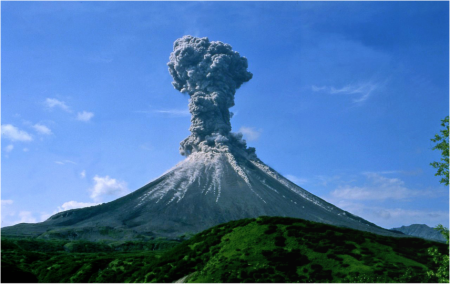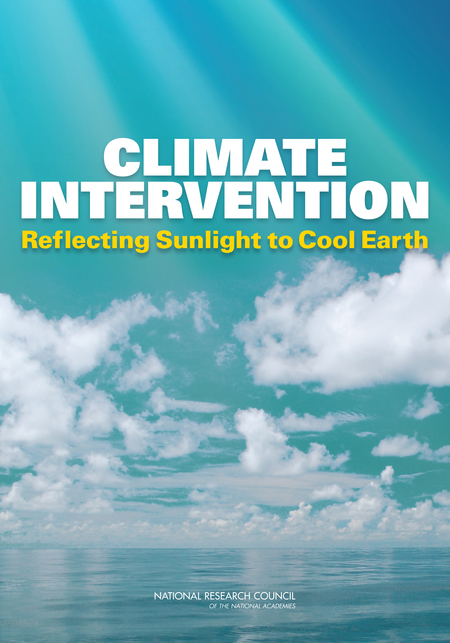May 6, 2016 – It was only a matter of time before the climate-change-denying politicians of the U.S. Senate proposed hedging their bets about carbon dioxide and global warming. So they have proposed funding what is called “albedo modification” of the atmosphere by dumping aerosols and fine particulate matter into the stratosphere.
Why?
Because theoretically it is believed this will work in similar fashion to what happened in 1991 with Mount Pinatubo (see image below).
That eruption was the second largest of the 20th century with columns of ash reaching 40 kilometers in altitude. Over 17 megatons of sulphur dioxide (SO2) was injected into the lower stratosphere. The SO2 formed sulfate aerosols spreading around the globe in less than three weeks. Within the year the net impact to mean atmospheric temperatures was a decline of 0.5 to 0.6 Celsius (0.9 to 1 Fahrenheit) degrees in the Northern Hemisphere. For the Southern Hemisphere where the larger presence of oceans mitigated the cooling temperature decline was less.
What do aerosols do that can alter mean atmospheric temperatures?
They inhibit sunlight from reaching the Earth’s surface.
By how much?
In the case of Mount Pinatubo scientists calculated an light inhibition factor 10 to 100 times normal levels.
Mount Pinatubo wasn’t the first volcano to give scientists pause about the relationship between volcanoes and climate. The Mount Krakatoa eruption of 1883 which pumped millions of tons of ash into the stratosphere also created volcano-induced cooling with records of the time showing exceptionally cold temperatures around the globe over the next year. Even ocean temperatures declined after Krakatoa’s eruption with lasting effect into much of the 20th century.
So let’s get back to the U.S. Senate. It seems that human influence on climate is denied when talking about greenhouse gas emissions. But human intervention through technological wizardry to mitigate atmospheric warming is accepted.
Geoengineering has been proposed as a means to mitigate and reverse climate change. It is seen as a way for us to “have our cake and eat it too.” Through geoengineering we can continue to burn fossil fuels at present rates while offsetting their impact by tinkering with the amount of solar energy reaching the Earth’s surface.
Some scientists support the idea of testing the geoengineering capacity of current technology. I’ve written about it in the past with proposals made by some to operate fleets of jet aircraft to pump aerosols into the stratosphere. And these scientists argue that without testing the hypothesis and technical feasibility we lack the data to know whether human-induced albedo modification is viable.
In 2015 the U.S. Departmetn of Energy, NASA , NOAA and the National Academy of Sciences commissioned a study “Climate Intervention: Reflecting Sunlight to Cool Earth.” What had been thought of in the past as a “last-ditch response” to climate change, was now being explored as an option worth studying. The Senate, participants in blocking Executive efforts to address climate change, suddenly has reversed course in its thinking about how humans interact with the planet by proposing a bill that would fund us geoengineering the atmosphere. The cost a mere $5.4 billion U.S. for a pilot project and who knows how much more in the future.
There is a supreme irony in all of this. We have the Environmental Protection Agency (EPA) heading up programs to convert coal-fired power plants to capture carbon emissions. We have carbon capture and sequestration (CCS) projects being funded to the tune of billions of dollars with a facility about to open in Mississippi this year. And now we have another government agency being given money to study putting human-produced pollutants into the atmosphere to mitigate global warming.
It sounds ridiculous because it is.









